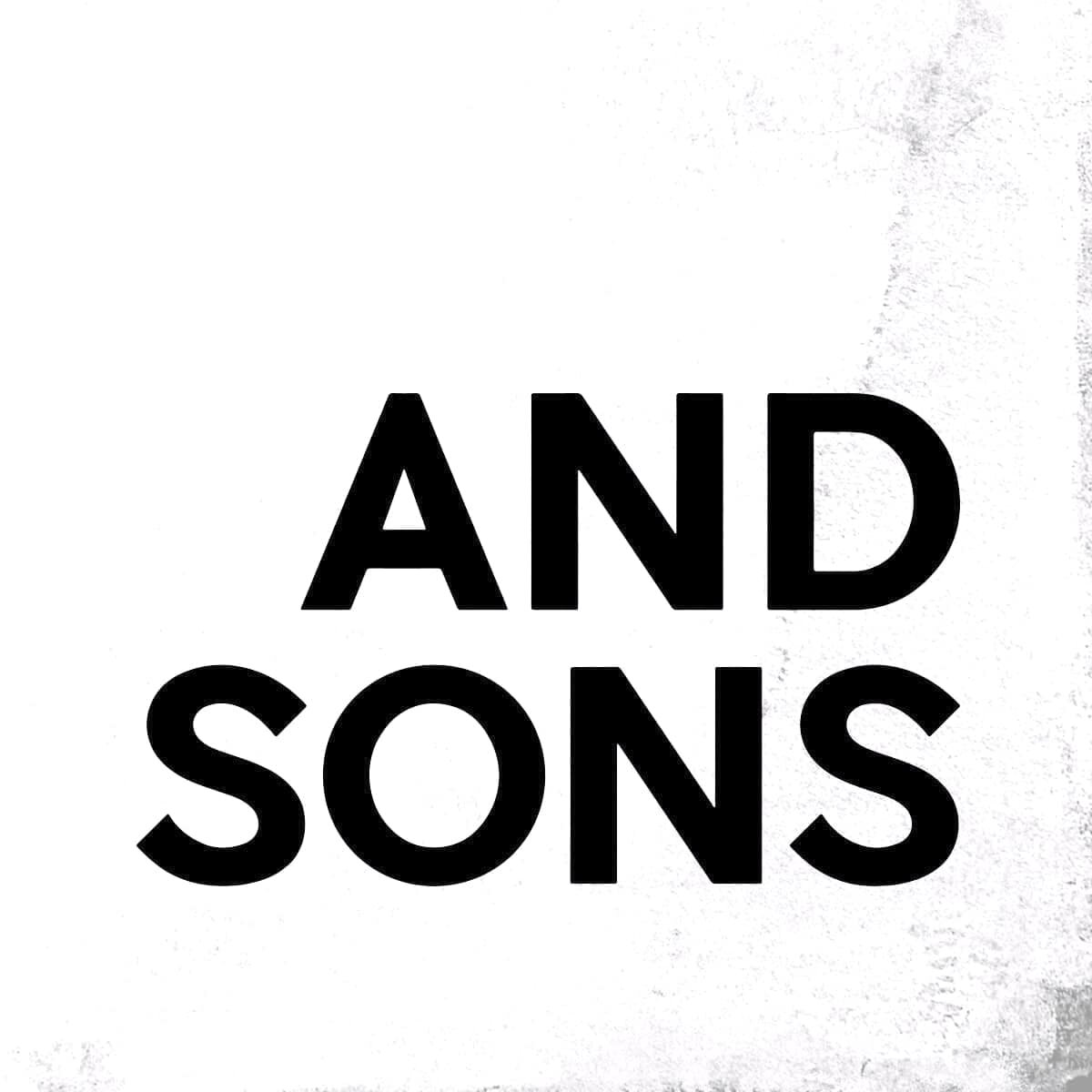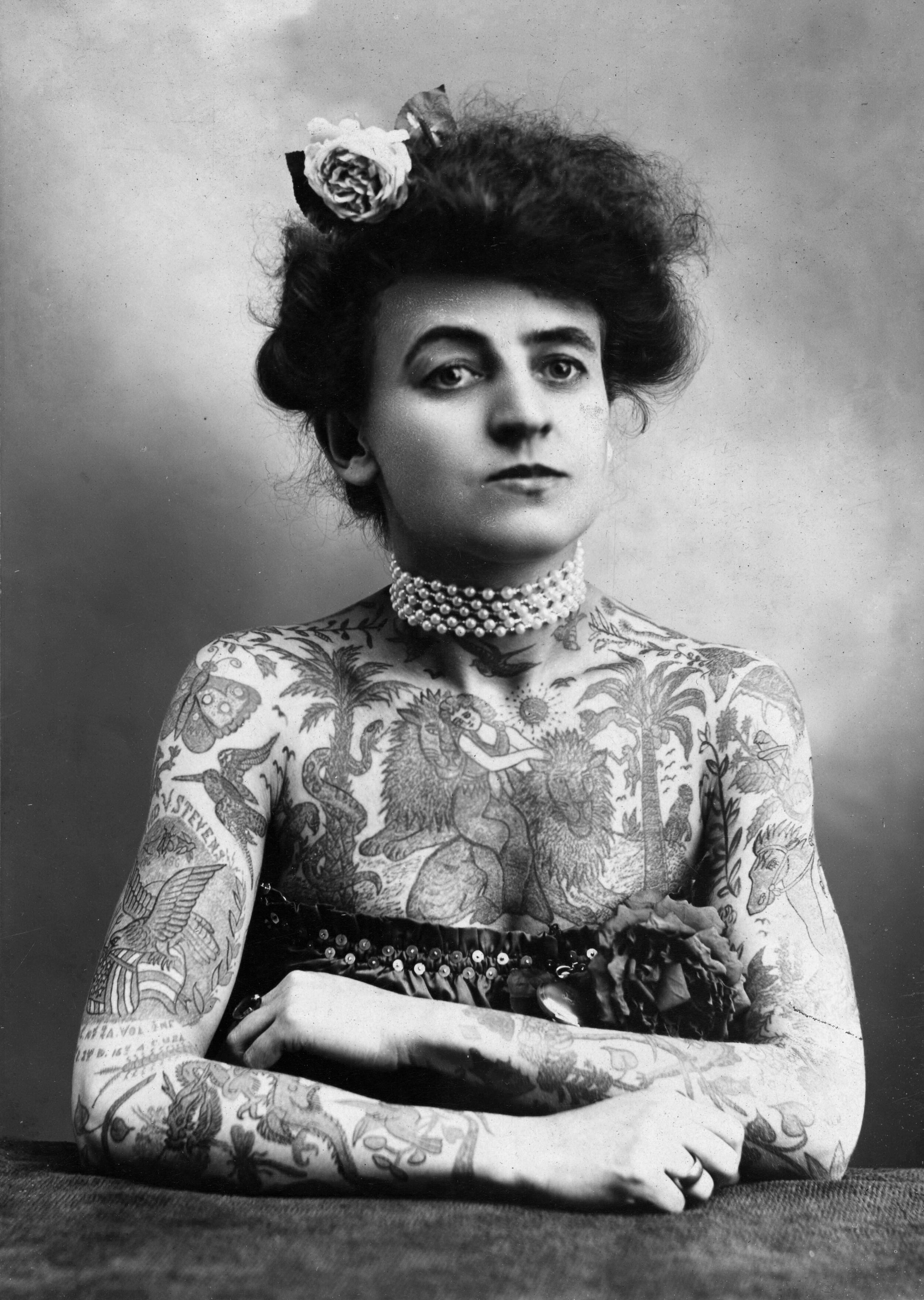The Art of the Tattoo
Ink is not just for sailors and inmates anymore.
Words by Luke Eldredge
“Art is a conduit to, and from, the Truth.”
Body art is more acceptable now than it has ever been in the West. A well done tattoo is a badge of prestige on a university campus. But like the ink itself, tattoos go far deeper than simply being “in.” Something else is going on here. Why the popularity of the tattoo?
I think it has to do with permanence, with beauty, and with identity.
“Time flies by when you’re having fun,” or so the saying goes. Time does fly by, but so does fun, so does joy, so does life. All things fly before us, flashing and disappearing. Not only our time in this life, but all aspects of our lives seem to be temporary. That job, that relationship, that high-tech toy, that holiday—all obtained with hidden expiration dates. Transience—what is more terrifying?
The thief comes only to steal and kill and destroy; I have come that they may have life, and have it to the full. (John 10:10)
Our hearts were designed with the intention of experiencing life, and life to the full. We crave it. Yet not merely life, but eternal life; our hearts crave the eternal. Yet this temporal world offers just about everything but the eternal. A tattoo directly opposes the transience of the world. It is a material representation of the eternal.
I got my first tattoo—at 20—for many reasons, one of the most fundamental was to oppose the transient nature of life. To remind myself that joy is not temporary, that it is eternal life that is our promised inheritance.
And then there is beauty. There are few vessels that hold the capacity to remind us of glory as does art. Knowing this, we’ve marked our conduit of glory upon just about every surface shy of the moon—the sides of buildings, cell phone covers, water bottles. Even our very beings, permanently, in the form of the tattoo.
The possibility of the forearm or back as a canvas is the possibility for exquisite art. But as we all know, possibility does not necessarily mean guarantee. The sketchy tattoo parlor culture and the Christian tattoo fad don’t exactly spark the flames of my imagination. However, tattoos are becoming far more than a simple act of rebellion. It’s a unique medium that offers a unique kind of beauty.
Joy and life are not the only crucial elements of ourselves that appear fleeting. Our very identity seems to be fluid, to the point of running. We can change our clothes, our hair, how we talk and act, what we do. We can change our identity. It takes a lot more pain and trouble to change a tattoo than it does to change your friends.
A second cause for my first tattoo was to remind me of the deepest truths of my identity, the truths that will not change. This is the first star of two: they are Tarvan, the Lord of Victory; and Alambil, the Lady of Peace from Prince Caspian. In the story, they represent the coming of the proper king of Narnia. For me, it represents the promise of Christ’s return as well as my identity as a man of victory and peace.
The beautiful captivates the imagination and stirs the heart. Art in the form of the tattoo intertwines these elements of permanence, beauty, and identity. Even the most hesitant among us take a second glance at the half-sleeve across the room that catches our breath.
Nothing reminds us of the truth of our identity and the reality of this life the way art does.
We also did a full-length podcast on tattoos. It’s definitely worth a listen.
Check it out here.
Print isn’t dead.
If you enjoyed this article, you’d probably love more like it in the And Sons print issue. If you don’t have one of these on your coffee table right now, you should probably go explore our back issue catalog.




